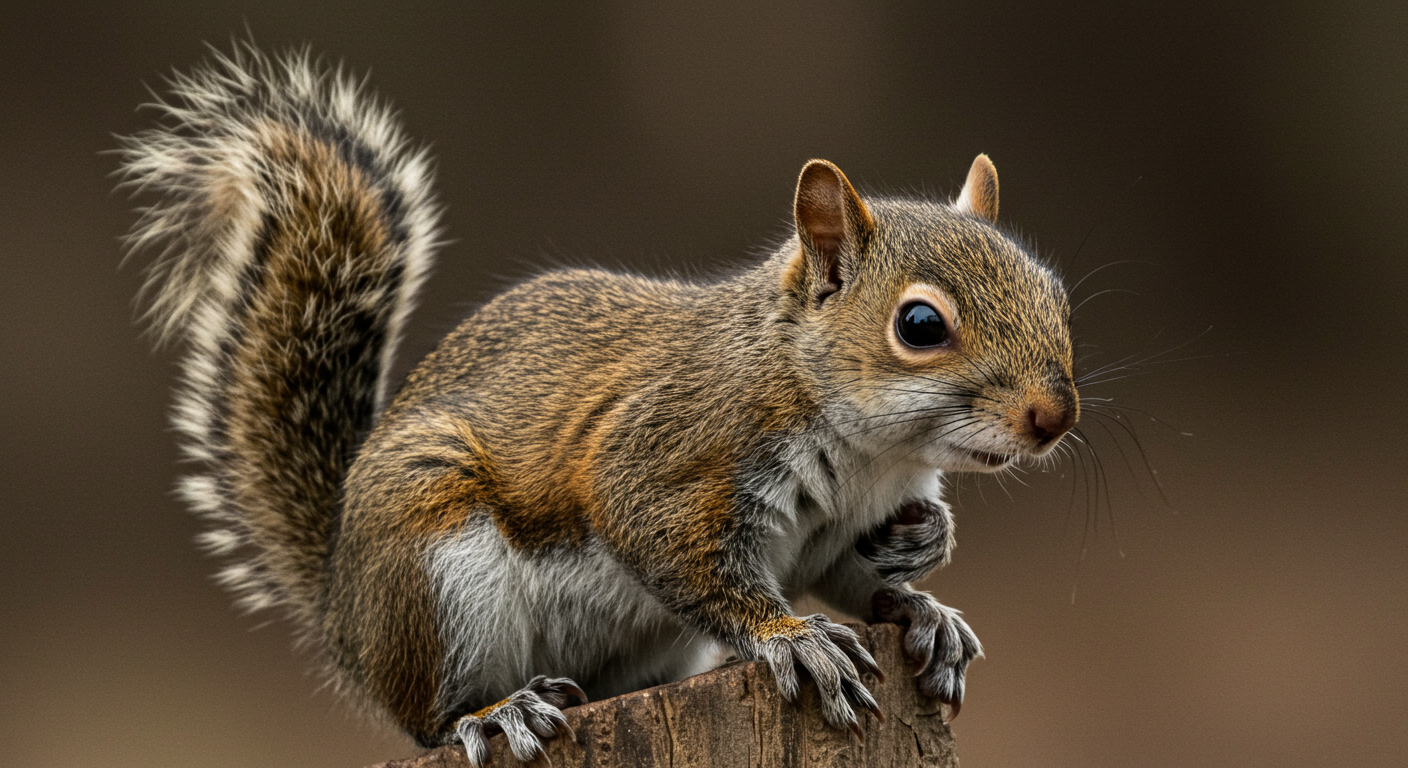As raccoon populations increase across the United States, homeowners face myriad challenges related to these adaptable and clever creatures. Understanding the signs of raccoon presence on your property is essential for addressing potential issues before they escalate. Raccoons are attracted to food sources, including gardens, fruit trees, and easily accessible garbage, as well as water features like fountains and swimming pools. Identifying the telltale signs of these nocturnal visitors can help homeowners take preventive measures and ensure a peaceful living environment.
Common Noises Indicating Raccoon Activity
Raccoons are predominantly active during the night, leading to distinctive sounds that often signal their presence. One of the first signs homeowners may notice is the variety of noises emanating from their attics or basements. These sounds can include light thumps, scratching, or even purring and growling. Each of these sounds indicates different behaviors, from playful interaction to attempts to establish a nesting site.
Typically, homeowners report hearing raccoons rummaging through trash bins or screeching at one another, often during their late-night foraging expeditions. The movement of raccoons can produce scurrying or pitter-pattering noises as they traverse between different areas of a home. Even if the sounds are far away, their unique social vocalizations can resonate throughout a property, particularly in quiet neighborhoods.
To get familiar with these sounds, consider spending a few nights observing your home’s surroundings. Listen for unusual rhythmic scratching or the distinct shuffle of little feet along your roof or in hidden corners. If you hear repeated noises, it might be time to contact a wildlife control expert to assess the situation and implement appropriate pest management strategies.
Strange Smells Associated with Raccoons
Another sign of a potential raccoon infestation is unpleasant odors in or around your home. Raccoons are notoriously dirty animals that can carry a host of bacteria, germs, and parasites in their fur. The scent of their presence is often likened to that of a wet dog mixed with musky undertones. If you notice a strange smell permeating walls, ceilings, or crawlspaces, it’s time to investigate further.
Raccoons also have a unique habit of designating specific areas as latrines where they repeatedly return to urinate and defecate. These locations can accumulate significant waste piles, leading to lingering odors that may fill your home. This habit affects air quality and, if left unaddressed, can lead to serious health risks, as their waste can carry diseases harmful to humans.
To maintain a healthy living environment, it is crucial to ensure that any unusual smells are addressed promptly. Homeowners should be vigilant regarding odor accumulations as they often serve as a precursor to more significant issues, such as structural damage or contamination of insulation. Consider reaching out for eco-friendly animal control services to address raccoon waste safely and effectively while protecting your home.
Visible Signs: Pawprints and Tracks
If you suspect that raccoons have infiltrated your property, examining the ground for clues can provide a clearer picture of their activities. Raccoons have uniquely shaped paws with five long toes and distinctive claw marks, making their prints relatively easy to identify. You are likely to find their tracks near garbage cans, gardens, or around water sources, especially if you have a swimming pool or pond.
The tracks are typically left in soft ground, like mud or sand, where the outline of their paws can be clearly seen. Raccoons have a peculiar gait, meaning that their hind and front paw prints will often overlap, creating a distinct pattern. Tracking the signs of their movement can help you ascertain whether these nocturnal animals are simply passing through or if they are establishing a routine within your home.
By keeping a close eye on areas where you notice tracks or pawprints, you can gain valuable insights into their feeding habits and potential entry points. Knowing this information can significantly aid in developing effective raccoon deterrents and preventing future infestations.
Exterior Damage Caused by Raccoon Activity
In their quest for shelter and food, raccoons are notorious for causing damage to the exterior of homes. Their strong claws and excellent climbing skills enable them to access different parts of your property, leading to compromised structures. Common signs of raccoon damage include torn shingles, broken vent covers, and scratches on siding. If you notice areas where shingles have slipped or holes created in the eaves, it is a strong indication that raccoons are attempting to gain access.
Furthermore, raccoons rummage through gardens and flower beds, displacing flowers and plants in search of insects or fruits. This scavenging activity not only disrupts your landscaping efforts but can also pose a threat to garden health. Raccoons may dig up bulbs or roots, leading to further degradation.
If you regularly inspect your property for signs of wear and tear, any evidence of raccoon activity can be promptly addressed. From repairing broken structures to reinforcing potential entry points, knowing the hazards posed by raccoons helps safeguard your property against further deterioration. A proactive approach can make a significant difference.
Garbage Distribution and Messes in Your Yard
One of the most obvious signs of raccoon presence is the mess that follows their nighttime raids. Known for their scavenging habits, raccoons are experts at accessing trash bins. If you find your garbage strewn across your yard, it’s a sure sign these clever critters have been rummaging through your trash. Raccoons are surprisingly adept at opening lids, removing contents, and even maneuvering locks, allowing them to feast on anything appealing they can find.
This behavior can lead to a cascading effect, as the noise and movement might attract other animals looking to partake in the feast, further exacerbating the problem. Ensuring that your garbage is securely stored in animal-proof containers is vital to preventing unwanted nighttime visitors. Using locking lids or heavy-duty bins significantly reduces the chances of raccoon-related disturbances.
In addition to keeping trash intact, maintaining vigilance during the evening hours can allow homeowners to catch raccoons in action. Observing their behavior during these moments can provide insight into their foraging habits and the timing of their activity. The best way to combat their scavenging instincts is to create barriers that protect your property effectively from invasion.


